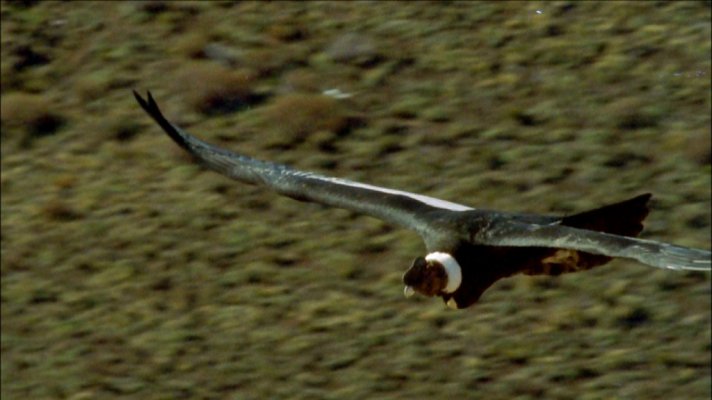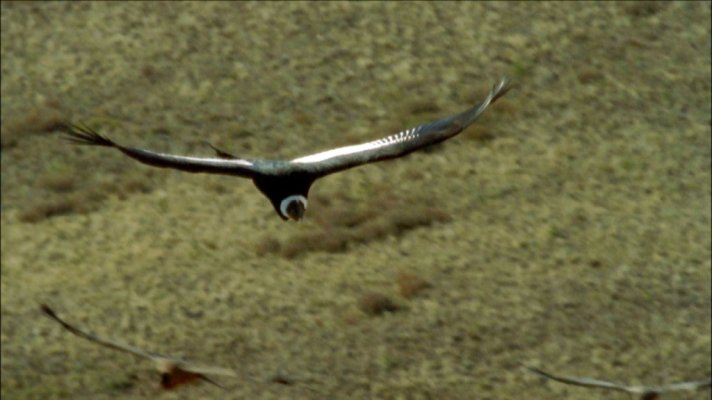nomadwilly wrote:
I'm personally going to disconnect from Marin forever.*
Eric--- I'm not sure how all of this escalated so fast.* I have never (I don't think) disagreed with your position on power vs. hull design vs. speed.* Where we have differed is with your opinion American Marine made an error in the choice of their hull design vs the power they put into it.
You have been viewing it from the perspective of a hull designer.* In that regard I don't find any fault with what you've been saying.*
But what I believe has been left out of the picture is the marketing aspect of building production boats.* American Marine's market turned out to be people who wanted to go faster than displacement speed when they wanted to.* As available engines got more powerful, AM put them in their boats because the hull design could make use of the power.
Now I don't deny there might be a better hull design for this particular market, which is comprised of people who want to go faster to get there and then efficiently slower when they get there.* You mentioned the afterbody of the GB would have benefited from being lengthened, for example.
So on the one hand you've been talking design theory-- and so far as I can tell you've not been wrong--- and I've been talking marketing.* When it comes to selling products, be it boats, planes, cars, you name it, designers often--- and to hear our aerodynamicists talk it's
always
--- have to compromise the ideal design to gain market appeal. I expect you know that as well as I do.
Most boat buyers--- like most car buyers--- have little understanding about the actual design aspects of a boat.* Most of them have not even heard the word hydrodynamics.* And while they may have heard the term hull speed or displacement speed or semi-displacement, they would be hard pressed to say what they are and why.* Instead they ask how fast will it go, and how good is the ride, stuff like that.* Most GB buyers--- given the high cost of the boats--- probably didn't even ask how much fuel does it burn?* Well, they probably did but they probably didn't care what the answer was.
So when you have buyers who don't want a boat that "rocks around a lot," what do you do?* The full-bodied, efficient displacement hull is most likely going to "rock around a lot."* So you don't use it even though it may actually be the best hull to use with regards to efficiency.* When you have a customer base who asks, "Can I go faster if I want to?" that's what you have to design to if you want to sell boats to these people.
So I don't see an argument here between us, just two different views of what GB did.* You believe they erred in their hull design vs power formula in terms of optimum efficiency and I believed they succeeded in meeting the demand of their market.* In my opinion, we're both right.* Would you agree on that or no?
As to my thinking all my "stuff" is perfect, I think I've made it plenty clear that I think the Ford Lehman 120 is rubbish, and the GB design is aesthetically very much wanting by my standards.* I'm not a big fan of Grand Banks at all, actually, outside of their build quality.* We own one because it made sense to buy one and being out on the water in a less-than-ideal boat is better than not being out on the water at all.* I think the Rocna is world's better than the anchor we had, but I don't think it's world's better than* every other anchor on the planet because I have no way of knowing that.* As I've stated, the times we've used our Fortress it's done exactly what it was supposed to do and I would not want to give it up.* In fact, for what we use it for a Rocna would be crap.
But the last thing I would ever call you--- or think about you--- is that you're stupid.* There are a couple of people who participate in this forum who I think are--- or at least ignorant--- but you're certainly not one of them.* You've had more boating experience than I will ever have, and you've probably forgotten more about running a boat in all sorts of conditions than I will ever know.* We may come at things from different perspectives--- you from an engineering and design position and me from more of a marketing and sales position--- but I have never thought you to be a fool for using design reasons to oppose marketing reasons.* It is proably the number one ongoing conflict at Boeing.
And speaking of Boeing you were spot on with one thing--- if someone has a misperception or is just plain wrong about the company I work for or our products, yes, I am going to come at them like a steam roller of words
-- Edited by Marin on Friday 18th of February 2011 01:56:56 PM

